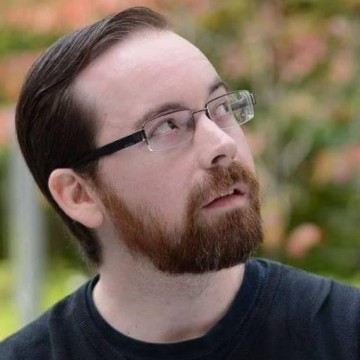Creeptober Night 1: Halloween (1978)
Is there a better way to start October than with Halloween?
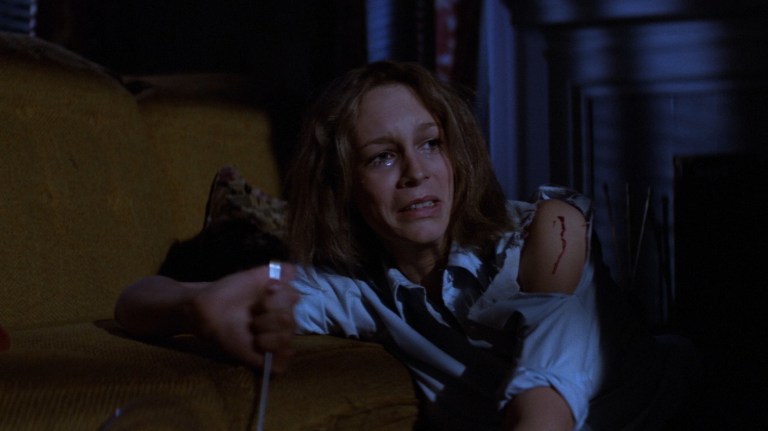
Table of Contents
Creeptober begins with the best Halloween movie ever made, Halloween! Where do we go from here? Take a look at the whole Creeptober 2025 list to keep up with each of the 31 movies we’re watching this month. But before you go, read on for a bit of discussion about Halloween as well as some trivia!
Reacting to Halloween
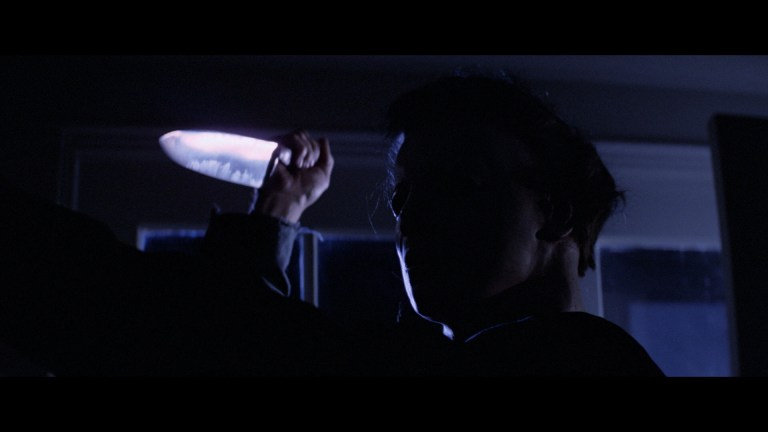
Halloween is an obvious choice for an October horror movie marathon, but sometimes you have to be obvious. I didn’t include Halloween in last year’s Creeptober because I wanted to be different (and chose the great Halloween III: Season of the Witch instead), but this year I had to put it on the list. I watch it every year, and really, there’s no better way to start 31 days of Halloween horror than with the movie that most perfectly represents the holiday and the entire season.
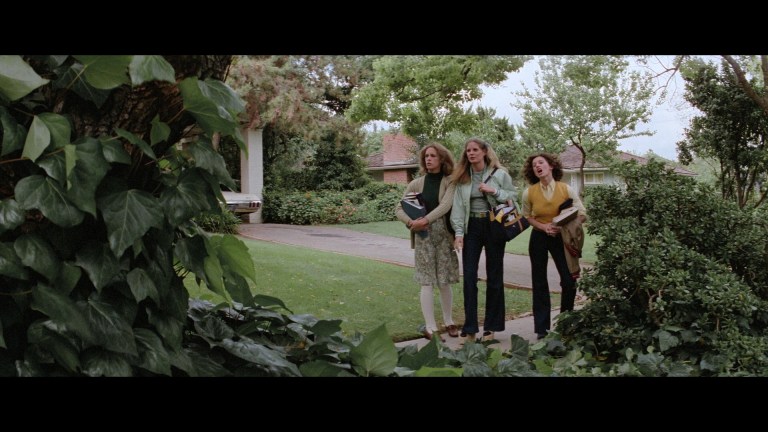
But since Halloween is on the list, I now have to figure out something to say about it. It’s one of those movies that has been talked about so much over the years that it can be difficult to find an angle that hasn’t been covered by countless other people. It’s been analyzed and over-analyzed to death. It’s a classic, not just in horror, but in worldwide cinema history. It’s a movie that comes from humble beginnings as a low-budget production with a simple premise, but quickly established itself as the standard by which an entire subgenre is judged against. Those things have been said many times before and are well-known by most.
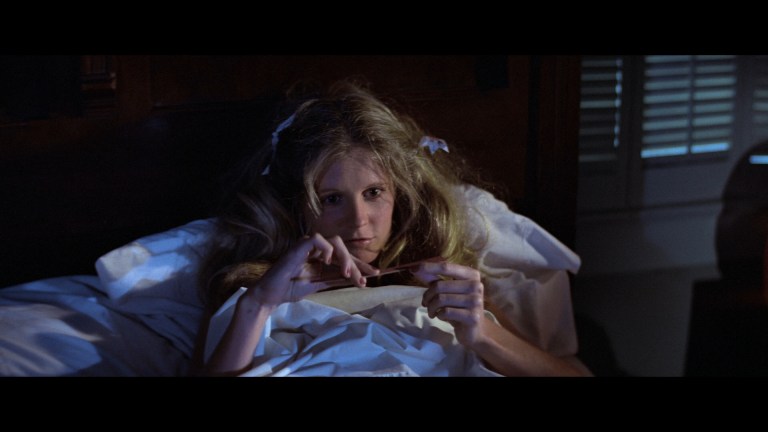
I’ve said those things many times before. I’ve written about it from time to time here on Creepy Catalog, and my best friend Joey and I raved about it for about an hour on my podcast The Last Theater a few years ago. I’ve said a lot about it, and I don’t enjoy repeating myself. Especially when the stuff I’m repeating has also been expressed by countless others.
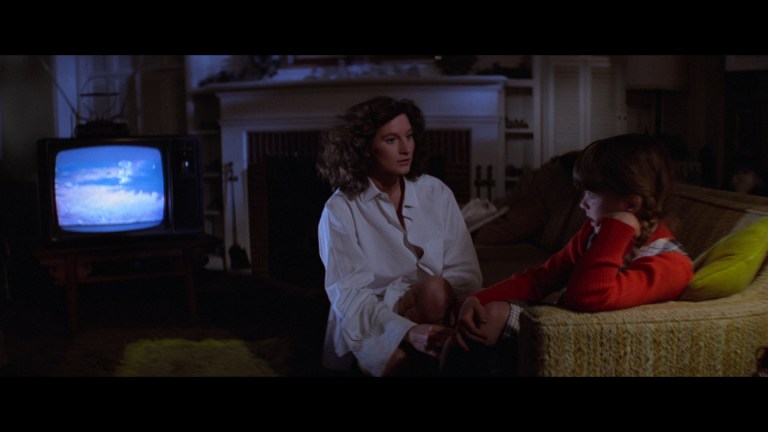
So, instead of film-schooling Halloween or giving broad generalizations about how amazing it is (which it is, obviously), I’ll tell you about my latest experience re-watching it. I’ve lost track of how many times I’ve watched it, but it has to be second only to The Evil Dead (1981) as the movie I’ve seen the most times throughout my life. This is to say, I know the film extremely well. This latest viewing was slightly different though. Instead of sitting down in front of a television, I watched Halloween from my laptop with headphones on. Now, I don’t think this is the optimal way to view Halloween. However, it did help highlight a couple of the movie’s biggest strengths.
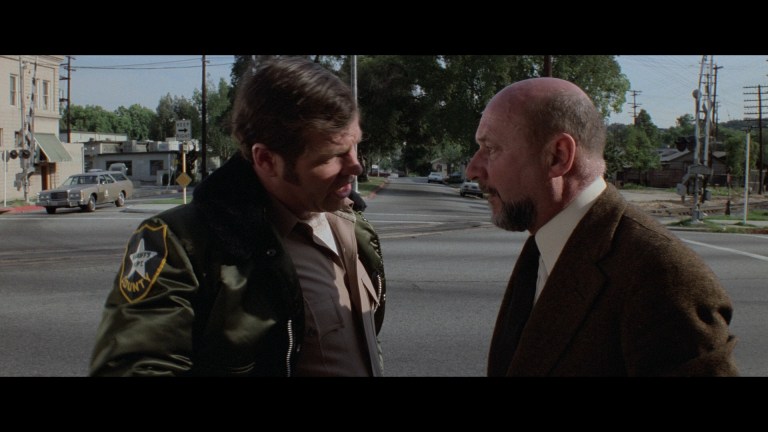
First, being so close to the screen and having everything brought into a smaller space helped emphasize just how great the camerawork is. I noticed the slight bob of the Panaglide shots more on this viewing, which helped illustrate the way in which that choice of camera mount gives Halloween such a natural feeling. I really started to notice it during the scene when Laurie, Annie, and Lynda are walking home from school, and the flowing movement reminded me of the slight up and down movement your head makes as you walk. It’s something that’s not really noticeable until you consciously start to pay attention to it. It’s such a smart way of conveying a sense of realism and comfort, which is in sharp contrast to the relative stillness of the camera we often see when we’re looking over Michael’s shoulder. I’ll have to watch it again and pay more attention to see how often this idea lines up.
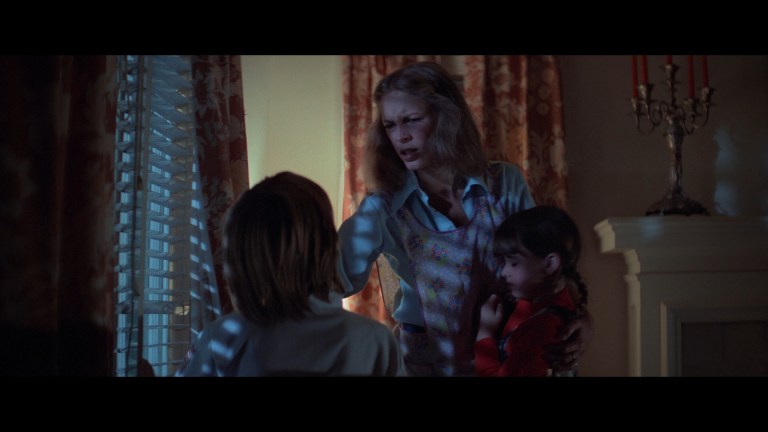
Also, listening to Halloween with headphones really accentuates just how important sound is throughout the movie. I already knew that sound was a huge part of the film’s effectiveness. John Carpenter has talked about it numerous times. But watching with headphones had me paying even more attention to when sound is used and when it isn’t. The quiet moments were the ones that really stood out to me. Michael’s attacks on Annie, Bob, and Lynda might begin with a music cue, but they fall into silence. It’s just the sound of Michael breathing and his victim struggling. But then, when Michael begins chasing Laurie, the music is a driving force of tension. The music and the lack of music are executed in ways that evoke the exact right feelings for the moment. It’s something I’d known before, but was really driven home on this latest viewing.
These are just two reasons why I believe that Halloween is pretty much a perfect movie. I honestly could go on and on, but I think I’ll stop there. I’m sure you get the idea, and we have many more movies to get to this month.
Halloween Trivia
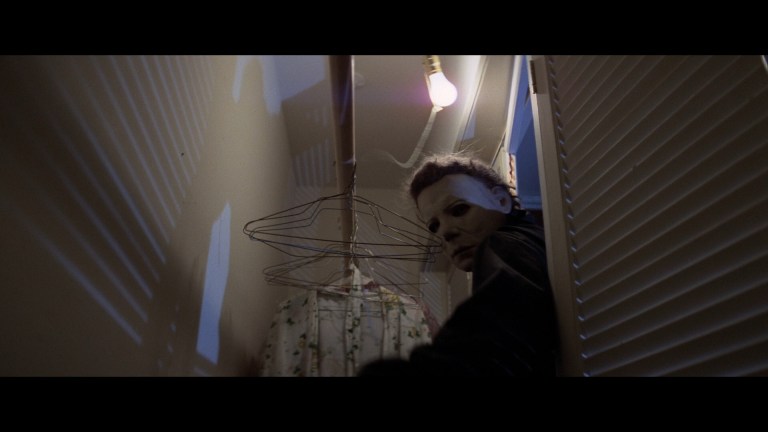
Throughout Creeptober, I’ll try to dig up some trivia on each movie as we go. It’s kind of like what I do with the daily digest posts, but tied to the movie rather than the date. The trivia today comes from a book I bought a while back, Taking Shape by Dustin McNeill and Travis Mullins. It’s a thorough discussion of each movie in the Halloween franchise from the 1978 original to the 2018 requel. Today though, I’m just focusing on the original.
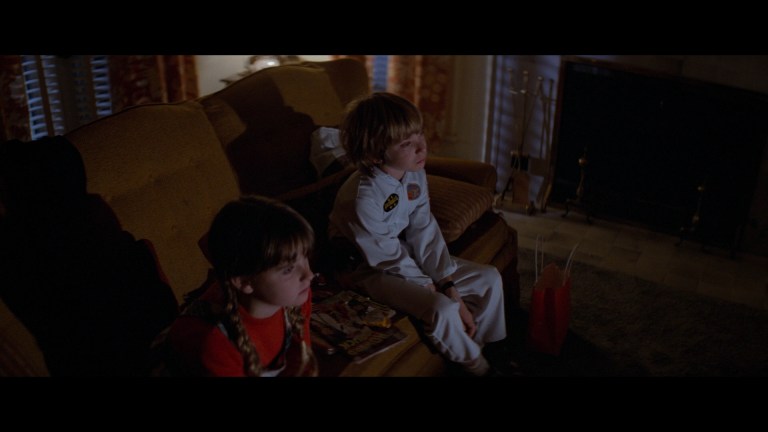
A few of the most interesting tidbits I learned concern the TV version of Halloween. NBC bought the TV rights in 1981, but the movie wasn’t long enough to fill the time slot. Now, I’ve seen the TV version of the movie and knew that it contains additional footage. What I didn’t know is that the footage was filmed using the crew of Halloween II after that film wrapped production.
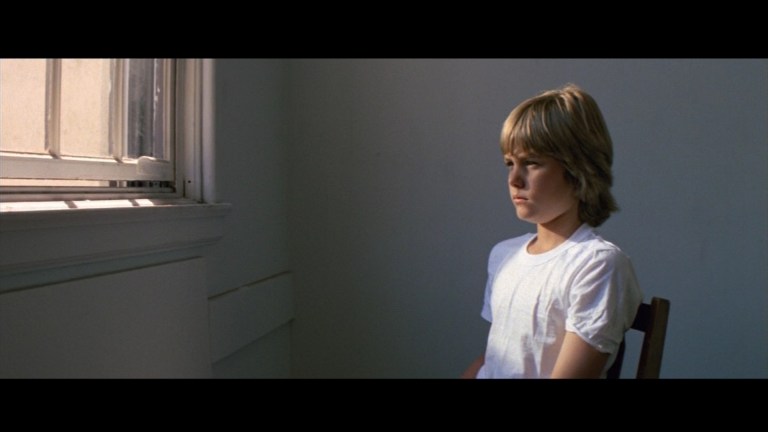
One of the new scenes for TV features a young Michael sitting in front of a window in Smith’s Grove. It’s a scene that is strikingly similar to Laurie’s dream in Halloween II. However, Halloween II uses an actor named Adam Gunn as young Michael. For the TV scene they brought back Will Sandin, the actor who played Michael at age 6 in the opening scene of Halloween (1978). So, if you’ve seen the TV version of Halloween, you’ll see the same actor playing Michael at age 6 and (presumably) age 9. It makes me wonder why they didn’t get him back for Halloween II.
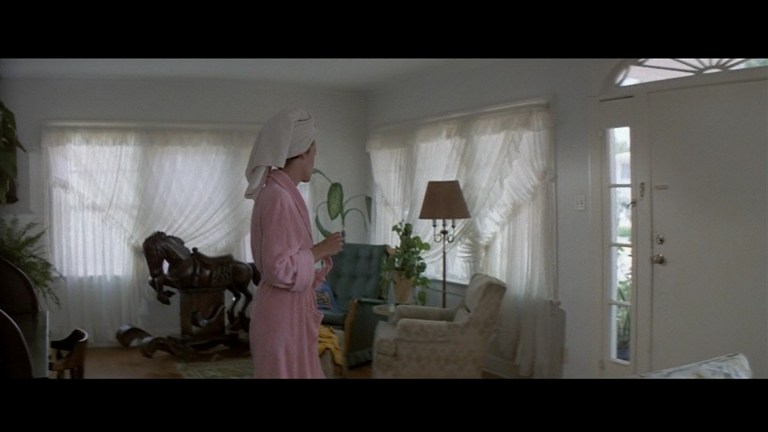
There’s also a new scene in the TV version that shows Laurie in her house, during the day, when Lynda comes over. The house they shot that scene in is the same house that became famous a few years later, because it is Nancy Thompson’s house in A Nightmare on Elm Street (1984). Although the interior looks different in Halloween, you can tell by the windows around the door that it’s the same house.
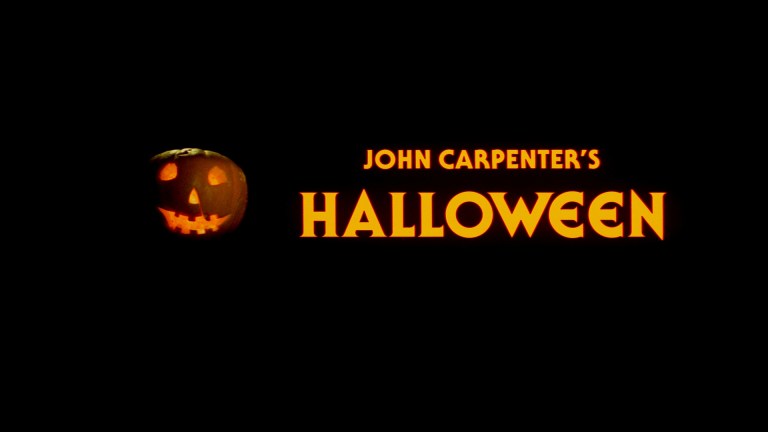
A couple of other bits of trivia I found interesting in Taking Shape is that the iconic opening credit sequence of Halloween was originally supposed to be different. The original script calls for “Halloween” to be written in bold red letters instead of orange. It was also supposed to slowly get closer to Michael’s mask rather than a jack-o-lantern.
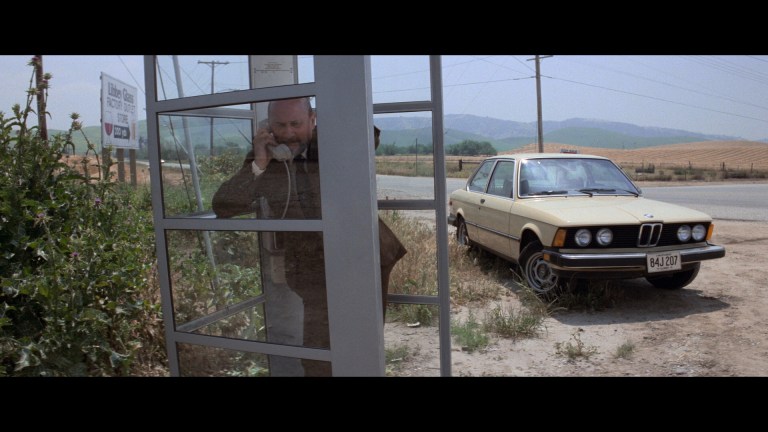
Also, the original script has Dr. Loomis calling his wife while on the road to Haddonfield. In the movie, Loomis instead calls the police to warn them about Michael. The idea for the switch came from Donald Pleasence who thought that someone as obsessed as Loomis wouldn’t be married. It seems like a small thing, but it really enhances the character and this idea that his sole purpose in life is to prevent Michael from harming anyone else.
